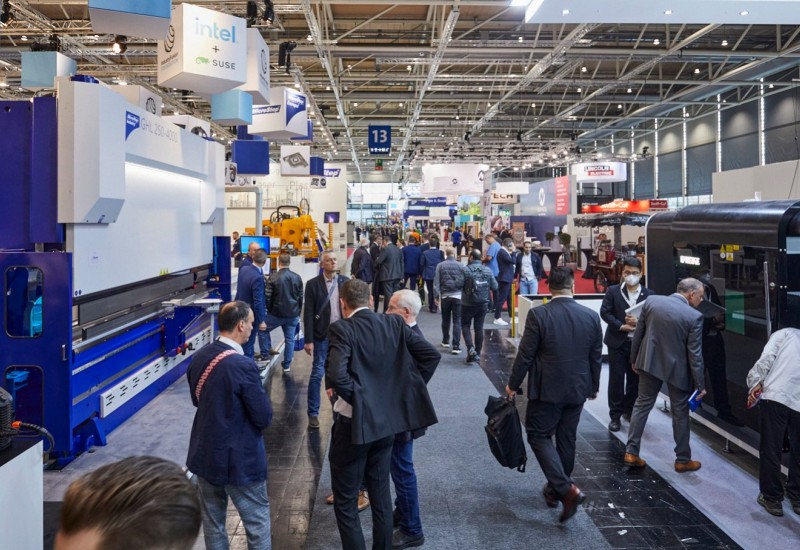Supply bottlenecks affect machine tool production
Image caption above: Dr. Wilfried Schäfer, Executive Director, VDW (German Machine Tool Builders’ Association).
According to VDW analysis, orders received by the German machine tool industry in the third quarter of 2021 were 69 per- cent up on the previous year's figure. Orders from Germany rose by 67 per cent. Overseas orders were 71 per cent higher than in the previous year. Orders received by German manufacturers increased by 61 per cent in the first three quarters of the year. Domestic orders were 47 per cent higher than in the same period in 2020 (overseas orders were at 69 per cent).
“The levels of orders on hand are good. However, supply bottlenecks and sharp rises in the price of raw materials and components are increasingly holding back business," said Dr. Wilfried Schäfer, Executive Director of the VDW (German Machine Tool Builders' Association), commenting on the result.
"Orders are expected to continue rising in the coming months. They are being driven by catch-up effects that will continue for quite some time," he added. However, it might not always be possible to translate orders into sales as desired, as machines ‘can only be delivered with delays due to a lack of parts, especially electronic components.’ "And that is why we are having to scale 2021's summer forecast of eight per cent growth down to five per cent," Schäfer conceded. Double-digit growth is expected, in contrast, in 2022."
Orders are also slowly catching up in relation to the figures posted in 2019, the year before the pandemic, which is generally thought to provide a more meaningful evaluation of the current situation. The figures for the first nine months are four per cent higher than for the same period in 2019. However, the German domestic market is still 12 per cent below the 2019 level.
"The all-important automotive industry is suffering, particularly from the chip shortage in Germany, and is therefore cutting back on investment," explained Schäfer. The main driving force is overseas orders, where an increase of 13 per cent was posted. Of the top 15 machine tool customers, two-thirds are back above the 2019 mark, especially Austria and Italy. The exceptions are Poland, France and the UK, which have not yet returned to their pre-crisis levels.
“The strong demand is resulting in a noticeable increase in capacity utilisation. This was 86 per cent in October compared to 71 per cent as the average for last year. Employment, a delayed indicator of economic development, has not yet bottomed out. In September 2021, it was 8.5 per cent below last year’s figure of 63,300 employees. At the same time, 46 per cent of companies reported a considerable shortage of skilled workers in a recent VDMA survey. There is currently a shift in demand towards more electronics-based skills,” added the VDW.
"All in all, our industry considers itself well on the way towards overcoming the crisis. We expect supply chains to stabilise again in the coming year - our industry will then be able to continue its recovery," concluded Schäfer.

































Recent comments